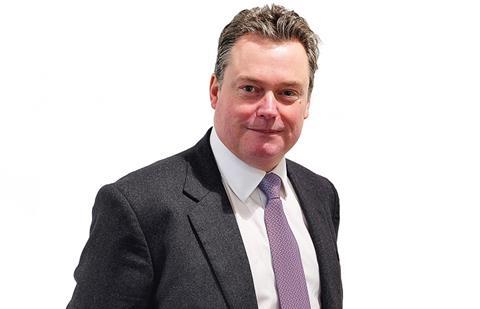
Since the introduction of master trust authorisation (MTA) earlier this year, every workplace master trust must be formally approved by The Pensions Regulator (TPR). It is a robust process that sets high standards and requires master trusts to keep them there.
However, it does not mean that all approved master trusts are exactly the same. While schemes must now meet a consistent, minimum set of standards, there are still significant differences in the services on offer. That means plenty of choice for employers looking to choose a master trust for the first time, or to move between schemes.
Making sure that administration is efficient and accurate is a vital component of any master trust. There are also three core areas to consider that will affect member outcomes: communications, investment strategy and financial wellbeing.
Communications
When it comes to communications, employees have different lifestyles, personal commitments and attitudes towards saving that will affect how and when they engage with their pension. Messages that are personal and relevant to them, and which are delivered in an easy-to-use format, are essential.
Employers should ask potential master trust providers to demonstrate the member experience; what will employees’ communications look like, how will they be delivered, and how will information be personalised? Is the master trust provider willing to collaborate on bespoke campaigns? How will the scheme evolve its communications in the future and is it making best use of digital tools? What plans are there to embrace new technology in the future?
Investment strategy
The way in which members’ money is invested will make a significant difference to their pension pots over time. The Master trust and GPP defaults report, published by Corporate Adviser in June 2019, analysed the annualised returns of the default funds of 32 top master trusts, comparing them over a three-year period, for an investor 30 years from state pension age. The performance varied between 7.19% and 13.52%; a difference of 6.33%.
Such differences in performance reflect the choice of funds and asset classes held by the master trust, as well as the expertise, oversight and regularity of management applied.
Flexibility is also important. Very few employees will know how they want to use their pension savings until they are close to retirement. The default investment strategy needs to enable members to change their mind about when they want to retire, as well as whether they want to buy an annuity, enter drawdown or take cash beyond the age of 55.
Key questions to ask include: how is the master trust’s investment strategy managed? What are its annualised returns over a three and five-year period, if available? What plans does the scheme have in place to continue to drive returns over time, while also balancing risk? Is there sufficient flexibility for members to change their plans as they get closer to retirement?
Financial wellbeing
Good financial wellbeing is about being in control of money. That is more important than ever at retirement, when employees make major financial decisions, many of which will be irreversible.
Pension savings are only a part of an individual’s retirement wealth, which can also include individual savings accounts (Isas), income from property and the state pension, among others. Clear, easy to use information about pension savings is essential to help employees set and meet their financial goals for retirement.
Key questions to ask include: how easily can employees use information from the master trust to support retirement decision-making, perhaps as part of a wider financial review? Can savings products such as lifetime Isas (Lisas) be integrated into the master trust and managed alongside a pension? What support and guidance are available for those approaching retirement?
Selecting a master trust is a decision for the long-term, both for employers and scheme members. While authorisation has narrowed the number of options in the market, it is still essential that employers take the time to evaluate carefully which scheme will deliver the best member engagement and outcomes for their workforce, now and for the future.
Tony Britton is head of UK DC solutions at Aon











